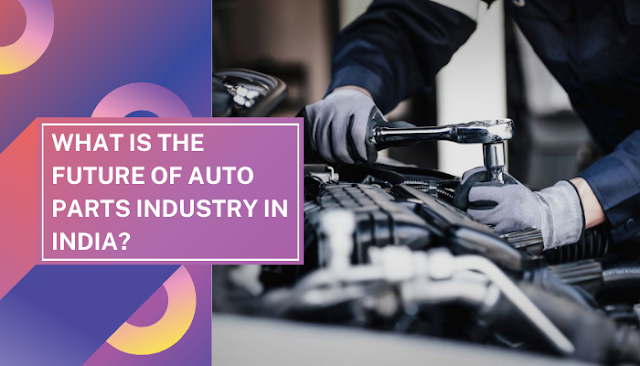What is the future of auto parts industry in India?
Introduction:
The Indian automobile industry is one of the largest in the world, with the country ranking fourth in terms of production and sales. The industry is expected to grow rapidly in the coming years, driven by factors such as rising disposable incomes, increasing urbanization, and favorable government policies. One of the key components of the automobile industry is the auto parts sector, which plays a critical role in the development and growth of the overall industry. In this article, we will explore the future of the auto parts industry in India and the factors that will drive its growth.
Current State of the Auto Parts Industry in India:
The auto parts industry in India is currently estimated to be worth around $57 billion and is expected to grow at a CAGR of 10-15% in the coming years. The industry is highly fragmented, with small and medium-sized enterprises dominating the market. The industry is also characterized by a high degree of vertical integration, with many manufacturers producing a wide range of components.
The demand for auto parts in India is driven primarily by the growth of the automobile industry, which is in turn driven by factors such as rising disposable incomes, increasing urbanization, and favorable government policies. The industry is also heavily dependent on exports, with around 30% of the production being exported to markets such as the US, Europe, and the Middle East.
Challenges Faced by the Auto Parts Industry in India:
While the auto parts industry in India is growing rapidly, it also faces a number of challenges that could hinder its growth in the future. One of the key challenges is the lack of a skilled workforce. Many manufacturers struggle to find skilled workers who can operate and maintain the sophisticated machinery used in the production process. This is a particular problem for small and medium-sized enterprises, which may not have the resources to invest in training programs.
Another challenge faced by the industry is the lack of infrastructure. The transportation and logistics infrastructure in India is still underdeveloped, which can result in delays and higher costs for manufacturers. This can be a particular problem for small and medium-sized enterprises, which may not have the resources to invest in their own logistics infrastructure.
Finally, the industry is also heavily reliant on imports of raw materials and technology. While India has a large domestic base of suppliers for basic raw materials such as steel, it still relies on imports for many of the more specialized materials and components used in the production process. This can be a problem for manufacturers, as it makes them vulnerable to fluctuations in global prices and supply chain disruptions.
Opportunities for Growth in the Auto Parts Industry in India:
Despite the challenges facing auto parts exporters india, there are also many opportunities for growth in the coming years. One of the major opportunities is the growing demand for electric vehicles. As the Indian government is pushing for the adoption of electric vehicles, the demand for components such as batteries, motors, and power electronics is expected to grow rapidly. This presents a huge opportunity for manufacturers who can develop the technology and expertise required to produce these components.
Another opportunity for growth is the increasing focus on localization. Many global auto manufacturers are looking to set up local manufacturing operations in India to take advantage of the country's lower labor costs and favorable government policies. This is expected to drive demand for locally produced components, creating opportunities for manufacturers who can meet the quality and cost requirements of these companies.
Finally, the Indian government has also announced a number of initiatives aimed at promoting the growth of the auto parts industry. For example, the government's Make in India program aims to encourage domestic manufacturing and reduce dependence on imports. The Automotive Mission Plan 2016-26, launched by the government in 2016, aims to make India one of the top three automotive manufacturing hubs in the world by 2026.
Conclusion
In conclusion, the future of the auto parts industry in India looks promising, with a number of factors driving its growth. While the industry faces several challenges, such as the lack of a skilled workforce and the reliance on imports, opportunities such as the increasing demand for electric vehicles and the focus on localization provide significant potential for growth. Additionally, government initiatives aimed at promoting domestic manufacturing and reducing dependence on imports are expected to provide a significant boost to the industry. Overall, the future looks bright for the auto parts industry in India, and it is likely to play a critical role in the growth of the country's overall automobile industry.




Comments
Post a Comment